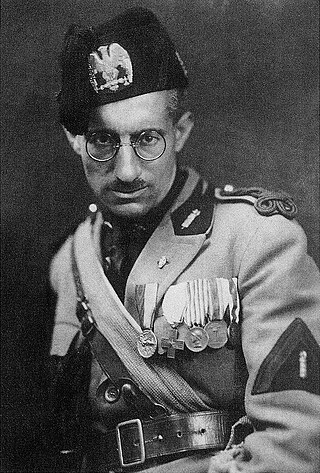
Michele Bianchi was an Italian revolutionary syndicalist leader who took a position in the Unione Italiana del Lavoro (UIL). He was among the founding members of the Fascist movement. He was widely seen as the dominant leader of the leftist, syndicalist wing of the National Fascist Party. He took an active role in the "interventionist left" where he "espoused an alliance between nationalism and syndicalism." He was one of the most influential politicians of the regime before his succumbing to tuberculosis in 1930. He was also one of the grand architects behind the "Great List" which secured the parliamentary majority in favor of the fascists.
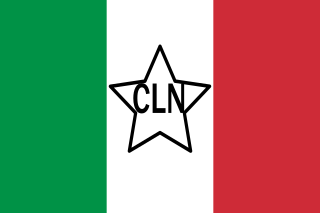
The Italian Resistance consisted of all the Italian resistance groups who fought the occupying forces of Nazi Germany and the fascist collaborationists of the Italian Social Republic during the Second World War in Italy from 1943 to 1945. As a diverse anti-fascist and anti-nazist movement and organisation, the Resistenza opposed Nazi Germany and its Fascist puppet state regime, the Italian Social Republic, which the Germans created following the Nazi German invasion and military occupation of Italy by the Wehrmacht and the Waffen-SS from 8 September 1943 until 25 April 1945.
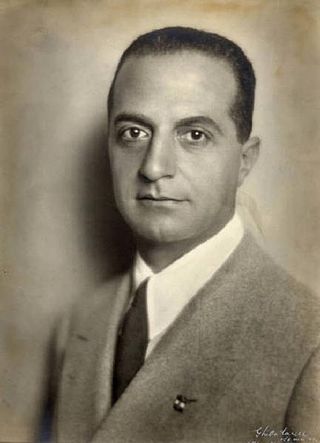
Giuseppe Bottai was an Italian journalist and member of the National Fascist Party of Benito Mussolini.

Giovanni Agnelli was an Italian businessman. He cofounded Fiat S.p.A, an automotive industrial company, in 1899.

Associazione Nazionale Partigiani d'Italia is an association founded by partisans and participants of the Italian Resistance against the Italian fascist regime and the subsequent Nazi occupation during World War II. ANPI was founded in Rome in 1944, as the war continued in northern Italy. It was constituted as a charitable foundation on 5 April 1945. It persists due to the activity of its anti-fascist members.
Sansepolcrismo is a term used to refer to the movement led by Benito Mussolini that preceded Fascism. The Sansepolcrismo takes its name from the rally organized by Mussolini at Piazza San Sepolcro in Milan on March 23, 1919, where he proclaimed the principles of Fasci Italiani di Combattimento, and then published them in Il Popolo d'Italia, on June 6, 1919, the newspaper he co-founded in November 1914 after leaving Avanti!
The Right group, later called Historical Right by historians to distinguish it from the right-wing groups of the 20th century, was an Italian conservative parliamentary group during the second half of the 19th century. After 1876, the Historical Right constituted the Constitutional opposition toward the left governments. It originated in the convergence of the most liberal faction of the moderate right and the moderate wing of the democratic left. The party included men from heterogeneous cultural, class, and ideological backgrounds, ranging from British-American individualist liberalism to Neo-Hegelian liberalism as well as liberal-conservatives, from strict secularists to more religiously-oriented reformists. Few prime ministers after 1852 were party men; instead they accepted support where they could find it, and even the governments of the Historical Right during the 1860s included leftists in some capacity.

Virginio Gayda was a prominent Italian fascist journalist during Fascist Italy, led by Benito Mussolini.
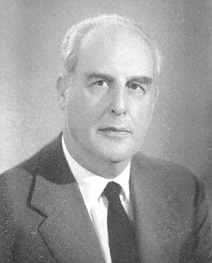
Antonio Greppi was an Italian writer, politician and dramaturge who served as Mayor of Milan from 1945 to 1951. He was the first mayor of Milan after its liberation in April 1945.
Leone Cattani was an Italian lawyer, politician and anti-Fascist activist.
Mario Pannunzio was an Italian journalist and politician. As a journalist he was the director in charge of the daily newspaper Risorgimento Liberale in the 1940s and of the weekly political magazine Il Mondo in the 1950s. As a politician he was a co-founder of the revived Italian Liberal Party in the 1940s and then of the Radical Party in 1955.

The Brigate Garibaldi or Garibaldi Brigades were partisan units aligned with the Italian Communist Party active in the armed resistance against both German and Italian fascist forces during World War II.

Alessandro Casati was an Italian academic, commentator and politician. He served as a senator between 1923 and 1924 and again between 1948 and 1953. He also held ministerial office, most recently as Minister of War for slightly more than twelve months during 1944/45, serving under "Presidente del Consiglio" Bonomi.

Giulio Alessio was professor of Finance and, after 1920, Political economy at the University of Padua for more than fifty years. He was not yet thirty when he produced his two volume study of the evolution of the Italian taxation system between 1861 and approximately 1900. It was one of several works that he wrote which became mainstream texts during and beyond the first half of the twentieth century. He also entered national politics, serving between 1897 and 1924 as a deputy of the Italian Parliament). As political parties developed in Italy, he became a member of the Radical Party. He accepted several ministerial appointments in centre-left governments between 1920 and the coming to power in 1922 of Benito Mussolini, whose tactics and policies he excoriated.
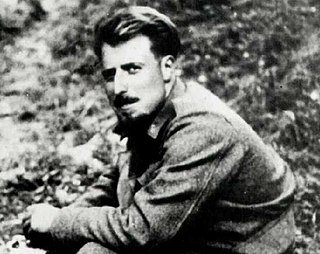
Aldo Gastaldi was an Italian Resistance leader during World War II.
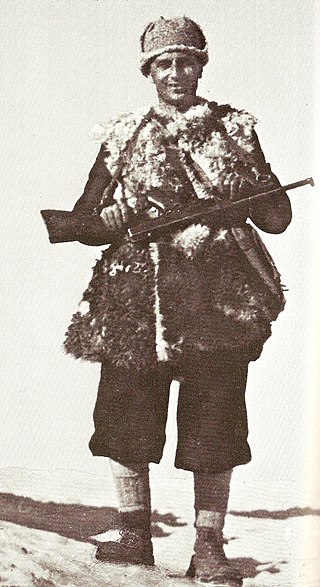
Dante Livio Bianco achieved early distinction among legal professionals as an exceptionally able Italian civil lawyer, and then came to wider prominence as a wartime partisan leader. He was awarded the Silver Medal of Military Valor twice. He survived the war but nevertheless died at a relatively young age due to a climbing accident.

Pompeo Colajanni was an Italian politician and Resistance leader during World War II. After the war he held various political positions, including that of Undersecretary for Defense in the Parri and De Gasperi I cabinets and of member of the Italian Chamber of Deputies in 1975–1976.

Olindo Vernocchi was an Italian politician, journalist and anti- fascist, national secretary of the Italian Socialist Party (PSI), member of the Constituent Assembly of Italy and president of the Istituto Luce.

Bruno Fanciullacci was an Italian Partisan during World War II. During the Italian Civil War, he co-founded the Gruppi di Azione Patriottica (GAP), a Communist partisan organization. He was involved in the assassination of the "Philosopher of Fascism" Giovanni Gentile in April 1944.






























